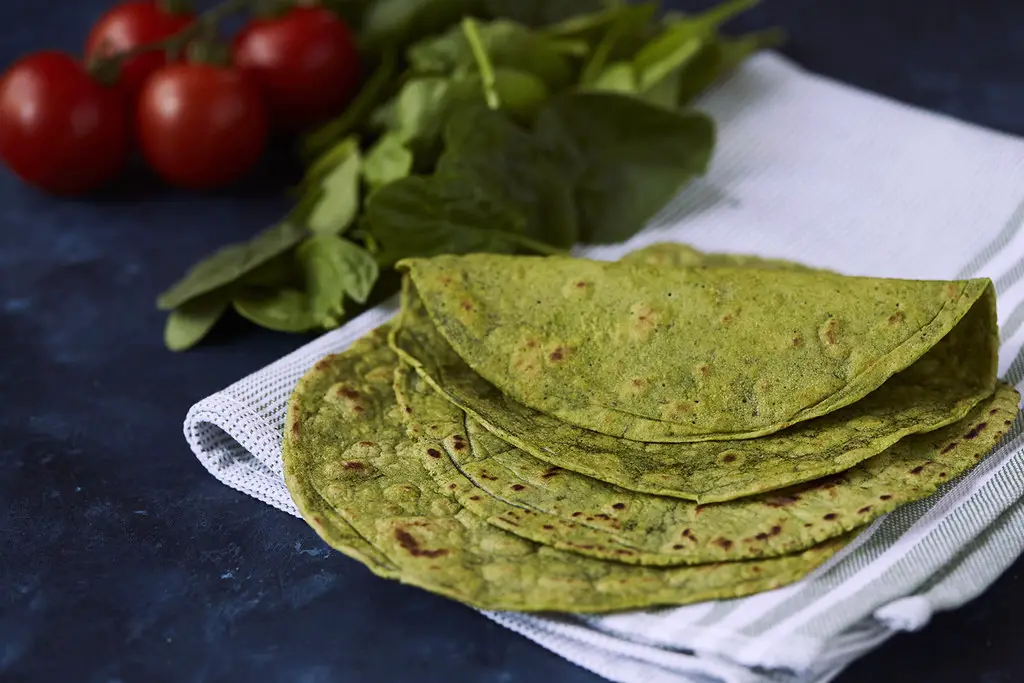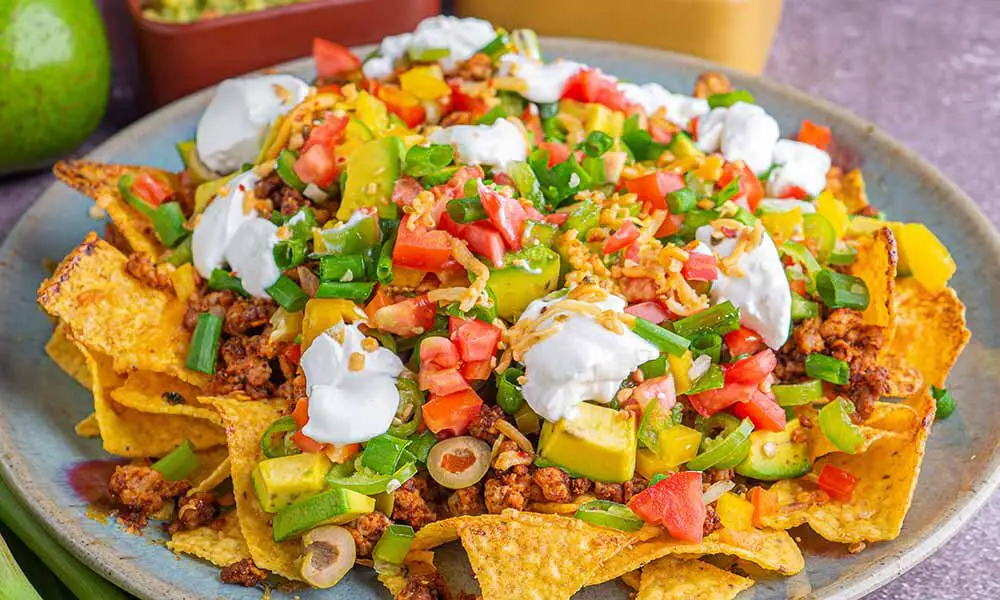In the heart of Mexico’s vibrant cultural traditions, Pan de Muerto (Bread of the Dead) stands out with its rich symbolism and hauntingly sweet flavor, particularly during the Dia de los Muertos (Day of the Dead) celebrations. This annual event, which spans from October 31 to November 2, is a time when families come together to honor and remember their deceased loved ones, offering them their favorite foods, marigolds, and significant tokens at beautifully adorned altars.
Pan de Muerto is not just any bread; it’s a symbolic masterpiece, often decorated with “bones” on the surface, representing the departed. Its circular shape signifies the circle of life, and the dough ball at the top symbolizes a skull. The sweet, aromatic flavors of orange blossom water and anise seed add to its uniqueness, making it a cherished recipe passed down through generations.
Below is a traditional recipe for making Pan de Muerto, a way to bring a piece of Mexican tradition into your home.
Ingredients:
1/4 cup warm water (about 110°F)
5 teaspoons active dry yeast
1/2 cup whole milk, warmed
3/4 cup granulated sugar
1 teaspoon salt
1/4 cup (1/2 stick) unsalted butter, melted and cooled
4 large eggs
4 1/2 cups all-purpose flour, plus more for dusting
1 teaspoon anise seeds, slightly crushed
Grated zest of 1 orange
2 teaspoons orange blossom water or vanilla extract
Egg wash (1 egg beaten with 1 tablespoon of water)
Additional granulated sugar for sprinkling
Instructions:
Prepare the Yeast Mixture:
In a small bowl, dissolve the yeast in warm water with a teaspoon of sugar. Let it sit for about 10 minutes until frothy, indicating that the yeast is active.
Mix Wet Ingredients:
In a large bowl, combine the warm milk, the remaining sugar, salt, melted butter, eggs, anise seeds, orange zest, and orange blossom water. Stir in the activated yeast mixture.
Incorporate the Flour:
Gradually add the flour to the wet ingredients, stirring continuously until a sticky dough forms. You may need to adjust the flour amount slightly, depending on humidity and altitude.
Knead the Dough:
Turn the dough out onto a floured surface and knead for about 10 minutes, until it becomes smooth and elastic. Place the dough in a greased bowl, cover it with a damp cloth, and let it rise in a warm place for about 2 hours, or until doubled in size.
Form the Bread:
Punch down the dough and divide it into two parts—one slightly larger than the other. Shape the larger piece into a round loaf. With the smaller piece, divide it into pieces to form “bones” and a small ball for the top. Arrange the “bones” over the loaf in a cross pattern, and place the ball in the center.
Second Rising:
Place the shaped loaf on a baking sheet lined with parchment paper. Cover loosely with a kitchen towel and let it rise again for about an hour, until puffy.
Baking:
Preheat the oven to 350°F (175°C). Brush the loaf with egg wash and bake for about 35-40 minutes, or until golden brown and hollow-sounding when tapped on the bottom. Remove from the oven and, while still warm, sprinkle generously with granulated sugar.
Serving:
Allow the bread to cool slightly before slicing. Pan de Muerto is best enjoyed fresh, ideally with a cup of hot chocolate or coffee, as part of a Dia de los Muertos feast or as a special treat to remember loved ones who have passed.
This Pan de Muerto recipe is a beautiful way to connect with Mexican culture and traditions, offering a moment of reflection, remembrance, and celebration of those who have departed. Its preparation and sharing can be a profound act of love and memory, embodying the spirit of Dia de los Muertos.
As you embrace the tradition of making Pan de Muerto, it’s important to remember that this bread is more than just a culinary delight; it’s a bridge between the living and the dead, a gesture of respect and remembrance. The process of kneading the dough, shaping it with symbols of bones and skulls, and the aroma filling the kitchen during baking are all acts of mindfulness, connecting you to those who have come before.
Variations and Tips
Flavor Variations: While the traditional Pan de Muerto is flavored with orange blossom water and anise seeds, variations exist across different regions of Mexico. Some add ground cinnamon or replace orange blossom water with vanilla extract for a different flavor profile.
Decoration: Feel free to personalize your Pan de Muerto with additional decorations. Some people like to sprinkle colored sugar or use dough to create more intricate designs on the bread, reflecting their artistic flair or making the offering more personalized for their loved ones.
Serving Tradition: In many homes, Pan de Muerto is placed on the altar (ofrenda) as an offering for the dead, who are believed to return and enjoy the essence of the food. It’s also shared among family and friends, creating a communal bond through the act of remembering and celebrating the deceased.
Preservation: If you have leftovers, Pan de Muerto can be wrapped in plastic wrap or stored in an airtight container to keep it fresh for a few days. It can also be sliced and toasted for a different texture, or even used for making a unique bread pudding.
The Cultural Significance of Pan de Muerto
The making and sharing of Pan de Muerto are deeply embedded in the Mexican Day of the Dead tradition, a UNESCO Intangible Cultural Heritage of Humanity. This celebration is a profound manifestation of the syncretism between pre-Hispanic indigenous cultures and Spanish Catholicism, showcasing the Mexican people’s unique approach to death – not as an end, but as a part of the cycle of life, to be remembered and celebrated.
As you partake in the making of Pan de Muerto, you’re not only indulging in a culinary tradition but also participating in a cultural practice that spans centuries, a testament to the enduring power of memory and the unbreakable bonds of love. Whether you’re of Mexican heritage or simply drawn to the rich traditions of Dia de los Muertos, making Pan de Muerto offers a moment of reflection, connection, and celebration. It’s a way to keep the memory of the departed alive, passing on the stories and traditions to the next generation, ensuring that the spirits of the loved ones are never forgotten but celebrated with every bite of this delicious bread.


















